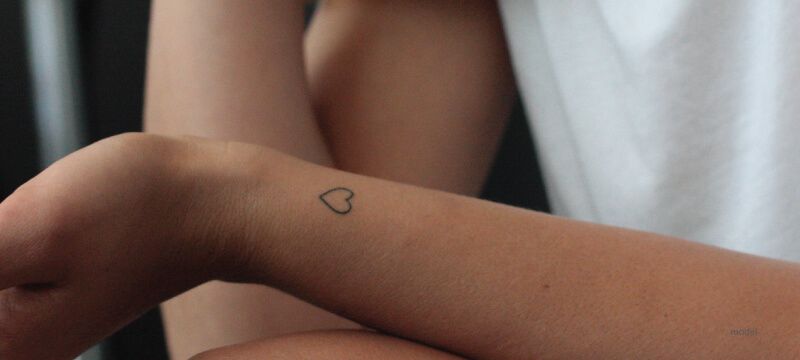
It’s estimated that nearly 20% of Americans who have tattoos want them removed. Fortunately, technological advancements have made laser tattoo removal extremely safe and effective. Today’s lasers have with the ability to remove even the most colorful of tattoos without damaging surrounding skin. These newer generation lasers are also far less painful compared to their predecessors.
Even though laser tattoo removal has been around for a while, many people interested in the procedure don’t fully understand how it works. Here’s a brief explanation of how lasers are able to remove tattoos:
Background: Why Tattoos Are Permanent
The process of tattooing involves the depositing of permanent ink into deep layers of the skin via a tattoo needle. Most professional tattoo ink contains heavy metallic compounds like lead, copper, and mercury. These heavy metals are what enable tattoos to be permanent.
As soon as the tattoo ink is introduced into the skin, the body’s immune system recognizes it as a foreign intruder. White blood cells are naturally sent to the tattooed area in an attempt to destroy and remove the tattoo ink particles. However, the metallic nature of the ink particles makes them severely larger than white blood cells. This size mismatch allows tattoo ink to remain in the skin as the white blood cells are too small to attack (break up) and remove them.
Over time, white blood cells are able to break away and remove small pieces of tattoo ink particles. This partial removal is what causes tattoos to look faded. However, most tattoo ink particles will still be too large to be removed for years after they are introduced in the skin.
Step 1: Tattoo Removal Lasers Break Up Tattoo Ink
The common functionality utilized by all tattoo removal lasers is the ability to break large tattoo ink particles into smaller fragments. To do this, tattoo removal lasers use a combination of speed and heat. The laser has to introduce heat to tattoo ink particles in order to expand them. The laser concentrates this heat solely to the ink particles, significantly heating the ink while not effecting the surrounding tissue.
This heat, however, has to be introduced extremely quickly to only part of the particle. With half of the ink particle hot and the other half cold, the opposing forces literally burst the ink particle apart. This is called photothermolysis, which is the same principle used in laser hair removal.
The need to break particles down to a smaller size is the reason why complete tattoo removal requires multiple treatment sessions. Additionally, colored (i.e., red, yellow, blue, green) tattoo ink particles are larger than black or grey ink particles, which is why the process of removing a colorful tattoo can be more difficult.
Step 2: Broken (Smaller) Ink Particles Are Removed
With the formerly large tattoo ink particle broken down into smaller sized chunks, the white blood cell army can perform their duty: they absorb the broken ink particles and transport them to the liver where they will be expelled from the body. The tattoo is fully removed (no longer visible) when all tattoo ink is both shattered into smaller pieces and expelled from the body.
At Westlake Dermatology, we utilize the PiQo4 laser which is today’s most advanced tattoo removal laser. PiQo4 is able to provide up to 10 times greater energy than older technology tattoo removal lasers, which means tattoos are removed in fewer treatments. PiQo4 is effective at treating multi-colored and complex tattoos in a fraction of the time required by traditional Q-Switched lasers. Learn more about PiQo4






































